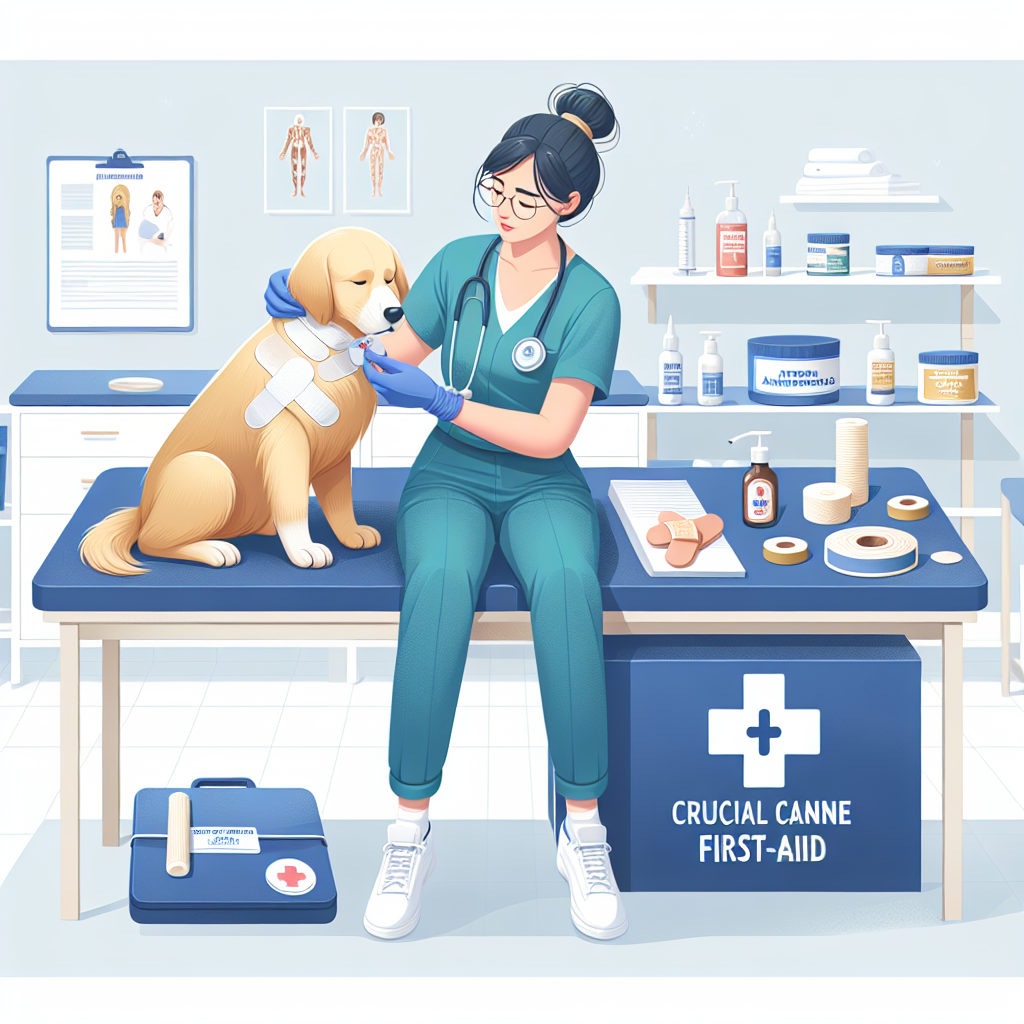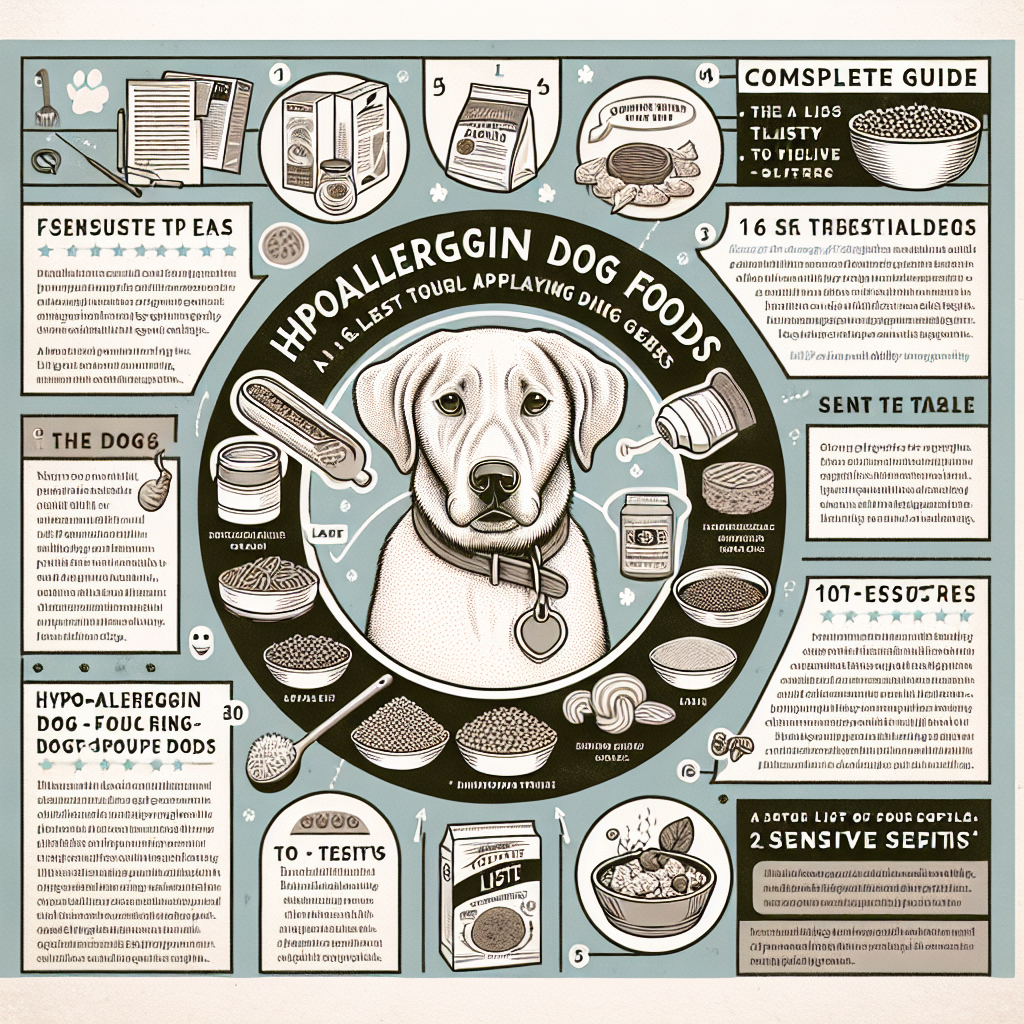
Dogs are more than just pets—they are family members who bring joy, love, and companionship into our lives. Ensuring they remain healthy and happy is a top priority for most pet owners. One of the most vital aspects of canine health is weight management. Being overweight can lead to a myriad of health issues, including diabetes, arthritis, heart disease, and a generally diminished quality of life. This ultimate guide provides expert tips on how to maintain your dog’s ideal weight, ensuring a healthier and happier pet.
Table of Contents
- Understanding the Importance of Weight Management
- Assessing Your Dog’s Current Weight
- Factors Contributing to Weight Gain
- Dietary Management
- Choosing the Right Food
- Portion Control
- Treat Management
- Exercise and Activity
- Daily Exercise Needs
- Fun Ways to Keep Your Dog Active
- Monitoring and Regular Vet Check-ups
- Behavioral and Environmental Considerations
- Special Considerations for Puppies, Seniors, and Medical Conditions
- Real-life Case Studies
- Conclusion
1. Understanding the Importance of Weight Management
Weight management in dogs is crucial for preventing numerous health complications. Overweight and obese dogs are at a higher risk of developing conditions like diabetes, cardiovascular issues, respiratory problems, and joint disorders. Moreover, maintaining an ideal weight can improve your dog’s lifespan and enhance their overall well-being.
2. Assessing Your Dog’s Current Weight
Before embarking on a weight management program, it is essential to know your dog’s current weight and understand if they are within a healthy range. Here are some steps to help:
Body Condition Score (BCS)
The Body Condition Score is a visual and palpable method to determine the level of fat covering your dog’s body. It ranges from 1 to 9, with 1 being emaciated and 9 being severely obese. A BCS of 4-5 is considered ideal.
Weighing Your Dog
Regularly weighing your dog helps track their progress. If your dog is small, you can use a household scale. For larger dogs, veterinary clinics often provide weighing services.
Consulting a Veterinarian
A veterinary consultation is crucial for accurately assessing your dog’s weight and getting professional guidance on managing it.
3. Factors Contributing to Weight Gain
Several factors could be responsible for your dog’s weight gain. Addressing these can help design an effective weight loss program.
Overfeeding
Feeding your dog more calories than they burn leads to weight gain. This could be due to larger portion sizes or too many treats.
Lack of Exercise
Insufficient physical activity results in calorie surplus and subsequent weight gain.
Genetics
Certain breeds are predisposed to gain weight more easily. For example, Labrador Retrievers and Bulldogs tend to gain weight faster.
Age
As dogs age, their metabolism slows down, making them more prone to weight gain.
Neutering/Spaying
Neutered/spayed dogs may experience hormonal changes that can affect their metabolism and increase the risk of weight gain.
Medical Conditions
Conditions like hypothyroidism and Cushing’s disease can lead to weight gain.
4. Dietary Management
A balanced diet is the cornerstone of any weight management plan. Here’s how to ensure your dog gets the right nutrition:
Choosing the Right Food
Selecting a high-quality food is crucial. Look for the following:
High Protein, Low Fat
Choose foods with high protein content and low-fat levels. Protein helps build lean muscle mass and supports metabolism.
Nutrient-dense
Opt for foods rich in vitamins, minerals, and other essential nutrients. Avoid foods with excessive fillers like corn and soy.
Special Weight Management Formulas
Many brands offer formulas specifically designed for weight management. These usually have fewer calories and higher fiber content to help your dog feel full.
Portion Control
Feeding the correct portion size is crucial. Refer to the feeding guidelines on the food package and adjust according to your dog’s activity level and metabolism.
Treat Management
While treats are great for training and rewarding, they can add up to a significant amount of extra calories. Follow these steps:
Low-calorie Treats
Choose low-calorie treats or use vegetables like carrots as alternatives.
Account in Daily Caloric Intake
Include treat calories in your dog’s daily caloric intake to avoid overfeeding.
5. Exercise and Activity
Regular physical activity is vital for maintaining a healthy weight. Here’s how to incorporate exercise into your dog’s routine:
Daily Exercise Needs
Each dog breed has different exercise requirements. Generally, most dogs should get at least 30-60 minutes of exercise daily.
Fun Ways to Keep Your Dog Active
Walks and Runs
Daily walks or runs are simple yet effective ways to keep your dog active.
Playtime
Games like fetch, tug-of-war, and frisbee are excellent ways to provide physical activity.
Agility Training
Agility courses can be both mentally and physically stimulating.
Swimming
Swimming is an excellent low-impact exercise, especially beneficial for dogs with joint issues.
6. Monitoring and Regular Vet Check-ups
Regular monitoring and veterinary check-ups are essential for tracking your dog’s weight and making necessary adjustments to their diet and exercise regime.
Monthly Weigh-ins
Weigh your dog monthly to monitor progress.
Regular Vet Visits
Frequent visits to the vet will help identify any underlying medical conditions contributing to weight gain.
7. Behavioral and Environmental Considerations
Behavioral and environmental factors can influence your dog’s weight. Addressing these can support your weight management efforts.
Feeding Environment
Feed your dog in a quiet, stress-free environment to prevent overeating.
Regular Feeding Schedule
Establish a consistent feeding schedule to regulate metabolism.
Avoid Free-feeding
Do not leave food out all day; it can lead to overeating.
8. Special Considerations for Puppies, Seniors, and Medical Conditions
Puppies
Puppies have different nutritional requirements and faster metabolism. They need nutrient-rich foods for growth and development.
Senior Dogs
Older dogs have slower metabolism and may suffer from conditions like arthritis. Adjust their diet and exercise accordingly, focusing on low-impact activities.
Dogs with Medical Conditions
Consult your vet to tailor a weight management plan that considers your dog’s health conditions.
9. Real-life Case Studies
Hearing about successful weight management stories can be inspiring. Here are a couple of real-life examples:
Case Study 1: Bella the Beagle
Bella, a 7-year-old Beagle, weighed 35 pounds, making her 10 pounds overweight. With the help of a veterinary diet plan and daily walks, Bella lost the extra weight over six months and showed remarkable improvement in her energy and mobility.
Case Study 2: Max the Labrador
Max, a 5-year-old Labrador, was 15 pounds overweight. Switching him to a high-protein, low-fat diet and implementing a consistent exercise regimen that included swimming and fetch helped Max shed the extra weight in eight months. His overall health and happiness improved significantly.
10. Conclusion
Proper weight management is fundamental to your dog’s health and happiness. By ensuring a balanced diet, regular exercise, and consistent monitoring, you can help your furry friend achieve and maintain an ideal weight. Remember, always consult your vet before making significant changes to your dog’s diet or exercise routine. A healthier, happier pet awaits when you commit to their weight management journey.
By taking these steps, you’re investing in a longer, healthier life for your beloved canine companion. Here’s to healthier habits and happier tails!
#ChatGPT assisted in the creation of this article.





